Bearing the Cost of Forest Ownership
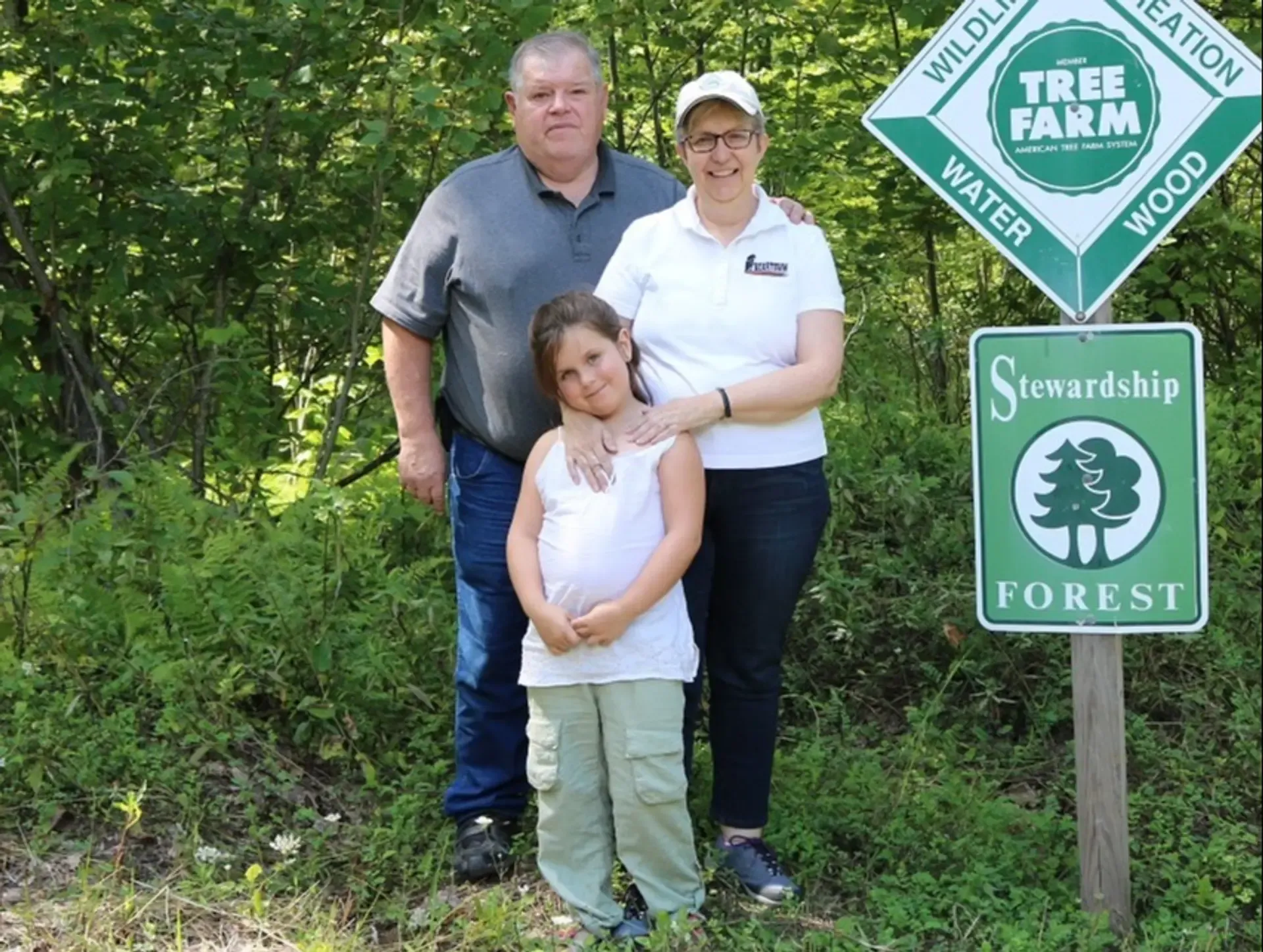
Nearly all of Susan’s childhood memories took place on a 2,087 acre tract of forestland near State College, Pennsylvania. They fondly call it Bear Town.
“We call it Bear Town because we’ve had a lot of brown bear encounters – at least a dozen walking in the woods and we’ve even had a bear once put its paw in our patio door and open it,” Susan chuckles. “But we should call it Bear Town because of all the metaphorical ‘bears’ we have run into to care for it!”
The land has been in her family for three generations. Sitting in the middle of Pennsylvania, it is a zig zagged shaped tract at the headwaters of the Chesapeake Bay watershed. Stately white oaks, red oaks, hickories and more are mixed in with a few small patches of open grass fields and wild flowers.
Her first encounter with the struggles of land ownership came when she was just a teenager. Her grandfather, who purchased the property in 1943 had never formally set up succession planning for the land. So when he passed, Susan’s father, Lewis Shoemaker had to fight other family members to keep it from being broken up and sold.
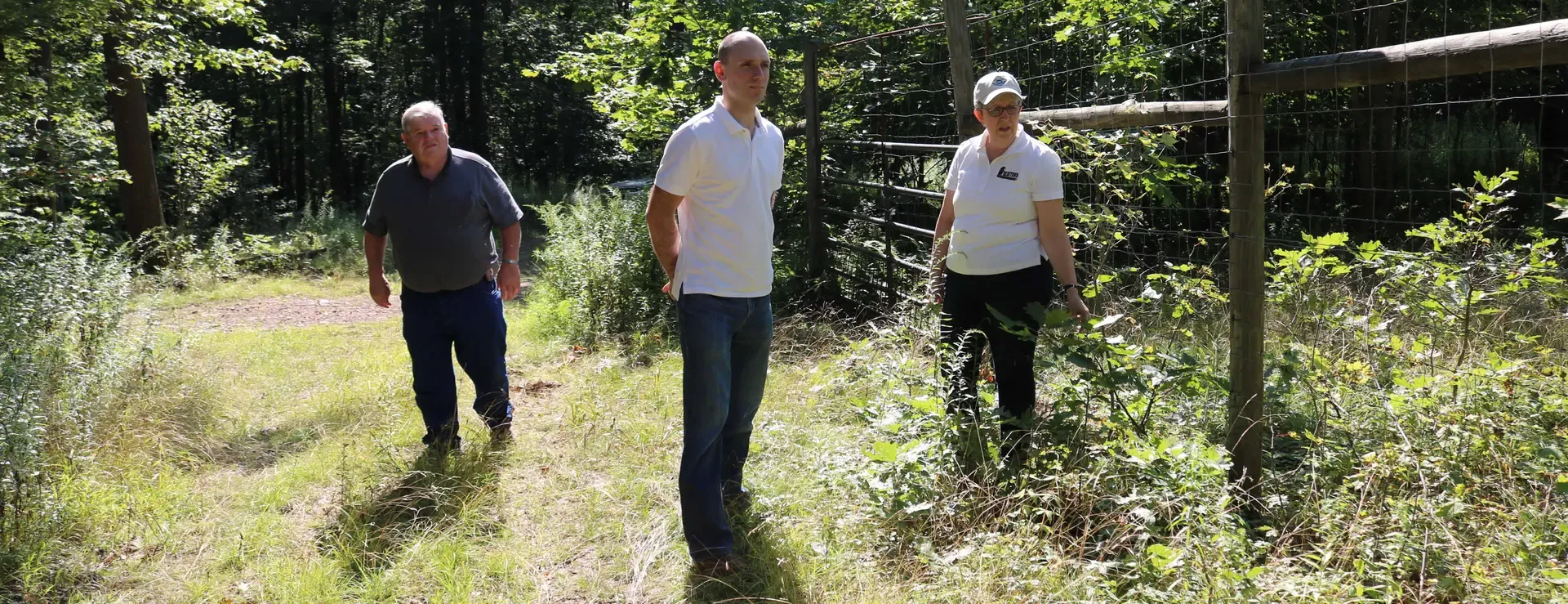
“When my grandfather died, my father basically lost his whole family, because he never spoke to any of them again,” she recalls. “I was just 16 years old—which was old enough to understand the toll land can take on a family.”
While Lewis had no formal forestry background, he did have a determination to keep the land in trees and keep it healthy and productive. For Susan, this meant weekends spent at Bear Town, helping her father and brothers do much of the hard labor themselves – clearing out the 8 miles of roads, cutting firewood and other chores. It was fulfilling work, but much of it was done without guidance or professional advice. And that meant mistakes were made and lessons learned.
“In the 1970’s, there were a lot more landowners who didn’t know about sustainable forestry. So when we had a harvest, we did something called a ‘diameter limited cut’ – meaning they would come in and take the trees larger than 17 inches that would make good, straight poles and such. We didn’t realize it, but it’s what modern day forestry would consider high grading. It’s not a sustainable practice. We were fortunate though. Our property has incredible soil, and we had very good regeneration. But a lot of properties in our area that did the same thing were not as lucky.”
It wasn’t until many years later, in the 1990’s that they began formally working with a forester. He helped Lewis, Susan and her brothers write a forest management plan and guided them on the best practices for harvesting such as taking the smaller, lower quality trees first, to allow more room for the quality trees to grow and seed regeneration. In no time at all they began to see the difference in overall health of their stands, and in the wildlife that increased.
Before her father passed in 2006, he sat Susan down to give her instructions on carrying on his legacy. “He said to me sternly ‘Don’t piss away this land. It’s important to me. It’s important to our family. And it’s important to something bigger than us both.’ I really took that to heart.”
Several months later, she set up a meeting with their forester. She wanted to get a feel for how he and her father had managed the land, and build out a plan for the future. They started talking tree types and soils, and state guidelines about harvesting, and asking her if she’d be able to mark up the trees she’d like to take out on the next thinning.
She left the meeting with her head spinning, not realizing the complexities of forestry. She was overwhelmed by the price tag on the tax note and costs it was going to take to maintain the place. She was just an accountant, and her husband recently retired. They were not wealthy landowners.
“There’s a business side to owning land that many don’t consider. I cherished my walks in the woods and spending time there, but that wasn’t going to pay the taxes, or prevent the creeks from eroding, or keep up the deer and turkey habitat. It requires a lot of knowledge and money.”
As for knowledge, Susan found solace in the American Tree Farm System, an education and certification program for small family landowners. Along with her trusted forester, the program has been a guiding light on practicing sustainable forestry. They wrote up a 10-year Forest Stewardship Plan to help improve wildlife habitat, maintain her creeks and waterways and grow profitable timber.
To cover costs, Susan continued in her father’s footsteps with thinning different sections of the property each year – selling the smaller trees and keeping the quality ones to encourage good natural regeneration.
Then the gypsy moth came to Pennsylvania.
“The gypsy moth epidemic hit us hard in 2006 and again in 2008,” she recalls “It triggered root rot in more than X of our trees and destroyed what we estimated as $1.2 million worth of timber. In the ten years that followed each year when we thinned, we ended up having to cut more than we wanted, to get rid of the dead and diseased trees. It was heartbreaking to see a full generation of trees just gone because of a little bug, but Mother Nature is an incredible force.”
This all coincided with a decline in timber markets in the area. What used to be five mills dwindled to three, making haul distances longer, trucking costs higher and margins lower. On top of this, the remaining mills, which were now taking the wood of the closed mills too, would have oversupplies of wood that suppressed prices further.
Susan explored other revenue options and decided to lease a portion of the land to a natural gas pipeline company. She also applied for cost-share assistance through Natural Resources Conservation Service (NRCS) for her habitat projects.
The supplemental income helped, but wasn’t always enough to pay the taxes let alone pay for management. Some years they had to put in their own money, which at times was hard, with other competing costs of life, like health insurance. Other years, they simply put projects on hold.
That’s when Susan started exploring the new opportunities emerging around carbon markets. A carbon project (which is part of a carbon market) is an opportunity for landowners to get paid to care for their trees in ways that sequester and store more carbon. The carbon that is captured is sold to companies who are looking to neutralize emissions they cannot eliminate.
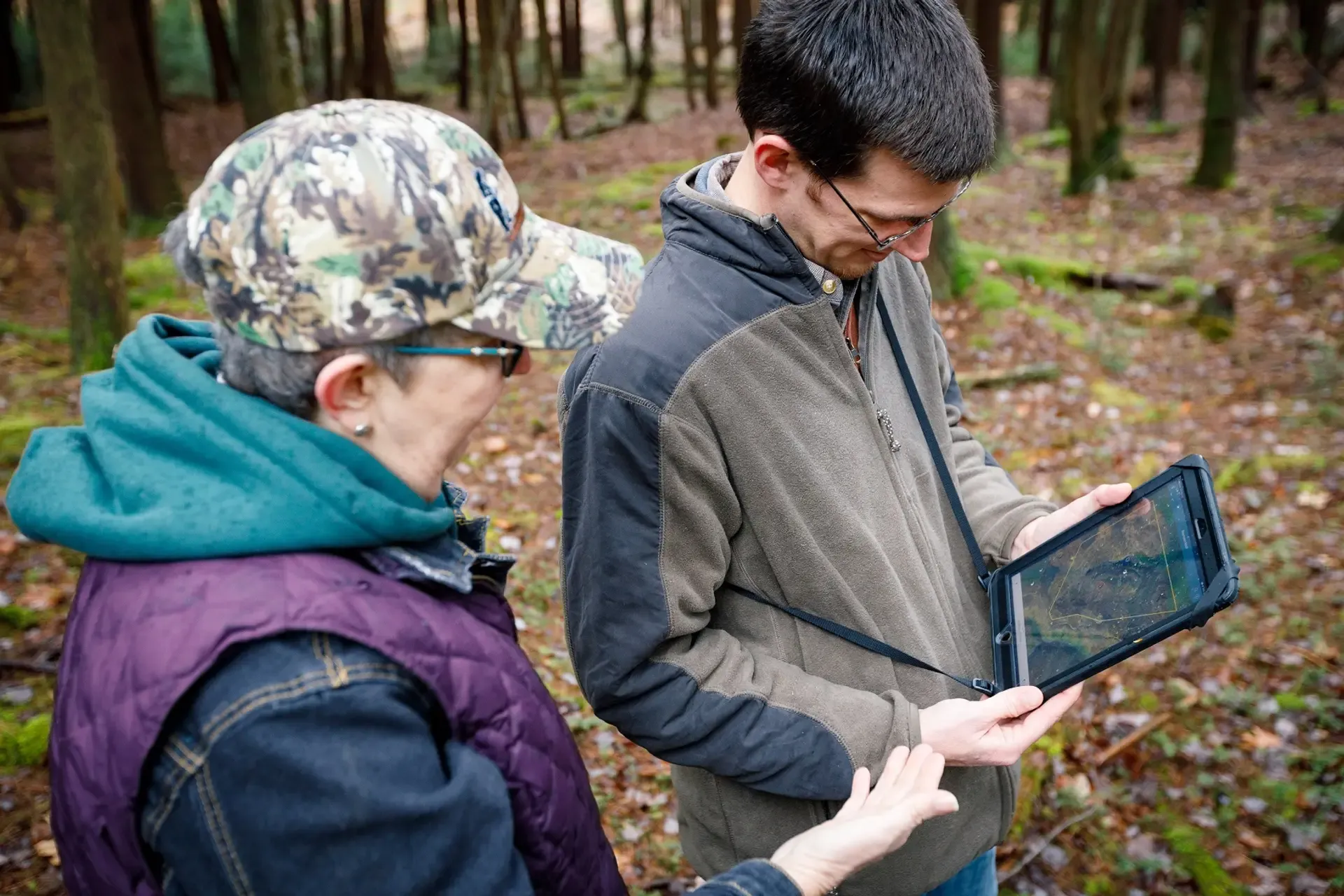
Susan had heard of many programs, but she wanted one that provided her flexibility, so that she could use her property for a variety of goals. And one that was credible. She did not want get involved in any questionable contracts after years of terrible stories of landowners working with pipeline companies.
After much research, she decided to enroll in the Family Forest Carbon Program. Created by two credible non-profits, the American Forest Foundation and the Nature Conservancy, the Family Forest Carbon Program is focused on impact and sustainable forest management. It would provide her with payments to implement forest practices that increase the carbon sequestered and stored on the land over a 20 year period.
Susan has been pleased with the program. It’s in-line with her vision for her land and its providing an additional income source that is helping her pay the taxes today. She also feels relieved that at some point in the future, she can pass the land to her children without it being a financial burden.
“My hope is that we can take this from a third-generation Tree Farm to a five-generation Tree Farm. I think it can be done, its just a matter of finding ways to keep the land sustainable and profitable.”
Related Articles
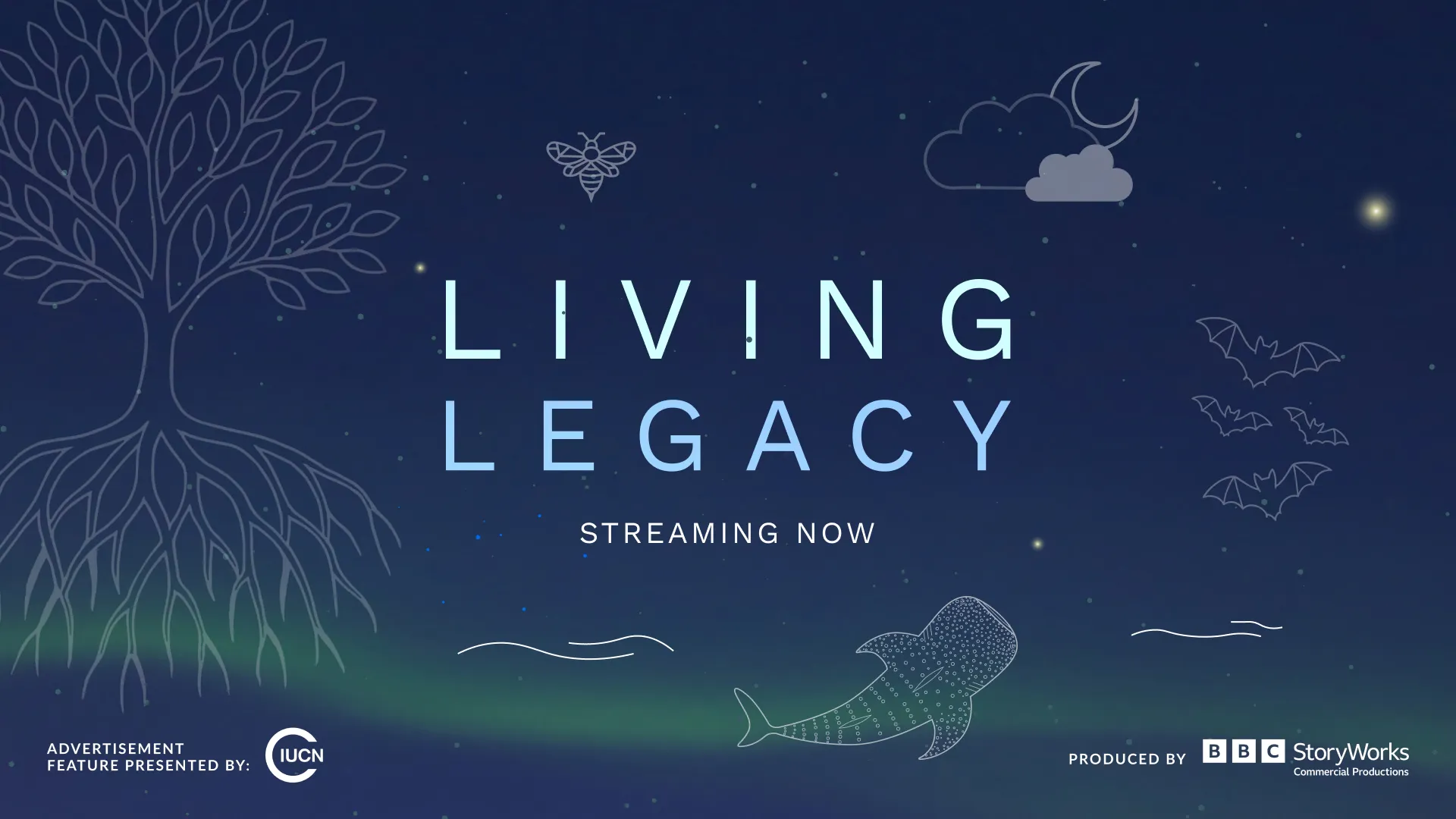
November 20, 2025
New Film Showcases Carbon Project’s Impact on Family Landowners and Nature
The American Forest Foundation (AFF), a national organization committed to empowering family forest owners to create meaningful conservation impact, announced today the release of a new film that tells the story of the Family Forest Carbon Program (FFCP) and its impact on people and the planet.
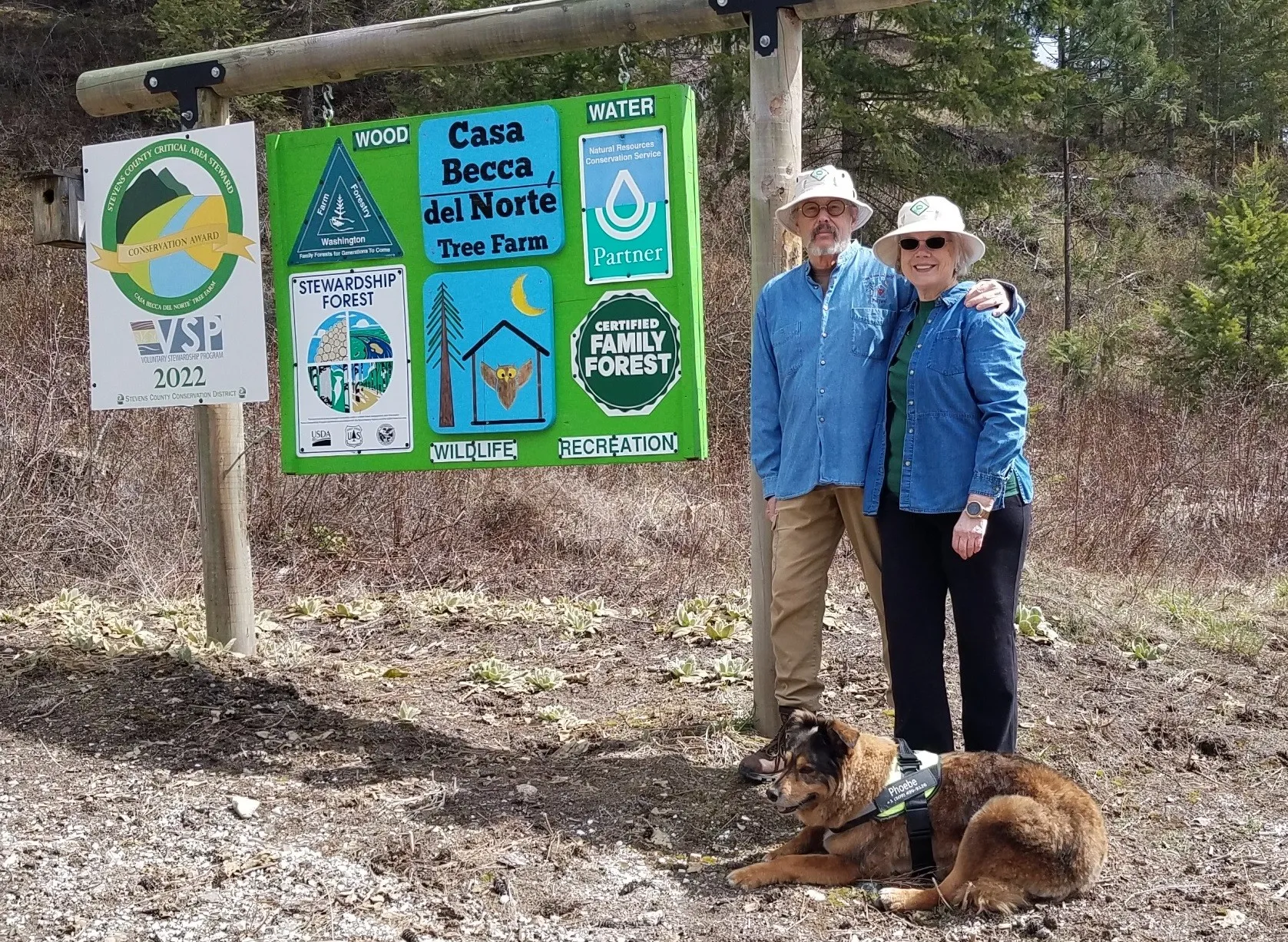
November 6, 2025
Meet the 2025 Outstanding Tree Farmers of the Western Region – Lynn and Becky Miner
Lynn and Becky Miner’s story is one of vision, perseverance, and transformation. When they first purchased their 100-acre property near Chewelah, Washington in 1992, it was far from the thriving, diverse forest it is today. They have poured their energy into turning “Casa Becca del Norte” (Becky’s House in the North) into a model Tree Farm, earning the recognition as 2025’s Outstanding Tree Farmers of the western region.
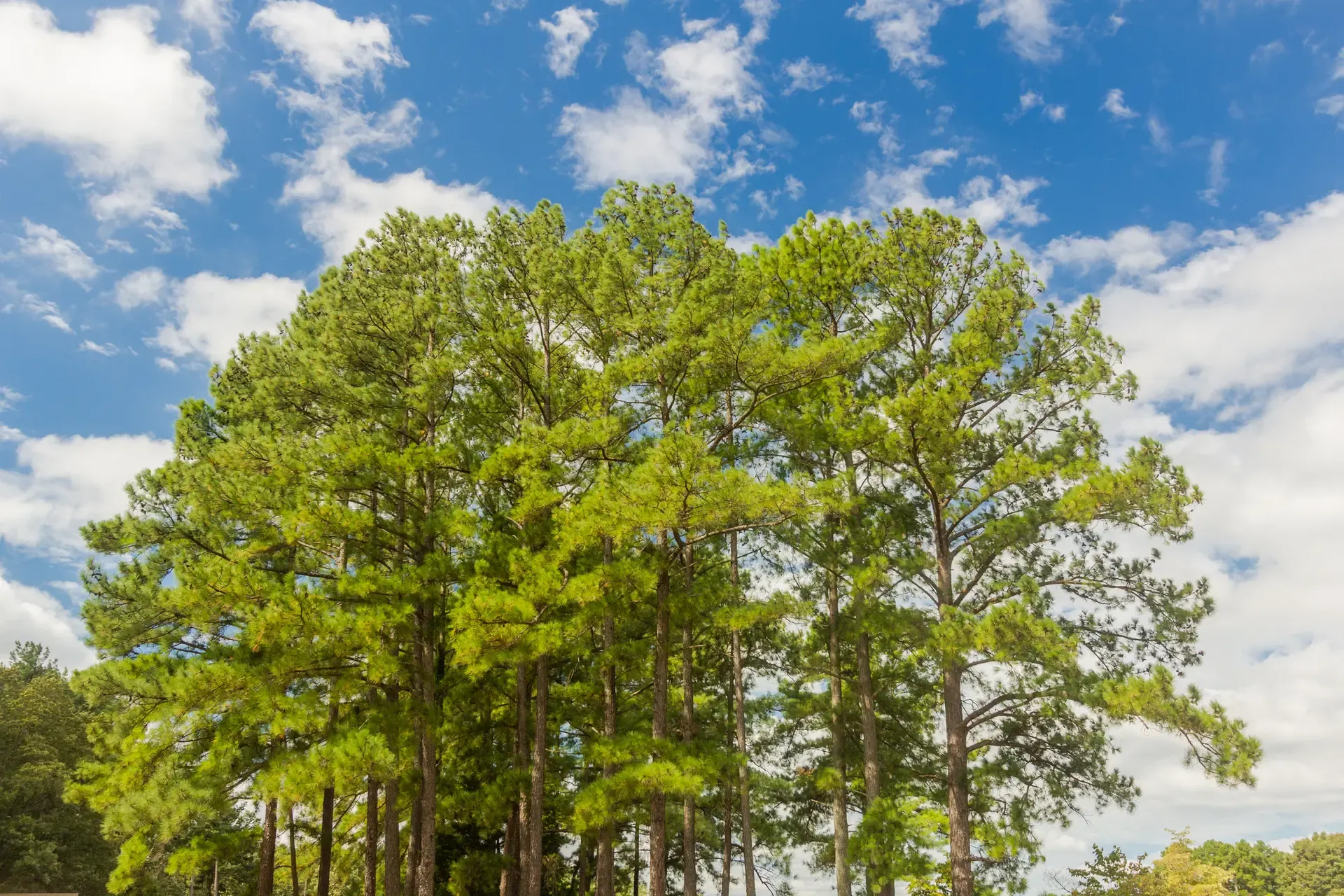
June 3, 2025
Why Wildlife Loves Loblolly—And How These Pines Can Benefit Your Land
A quiet stretch of pine trees can offer more than just scenery—it can provide vital habitat for wildlife across every season. Loblolly pine, the most common native tree species in the Southeast, plays a particularly important role in creating habitat for a wide variety of game and non-game species, from wild turkeys and rabbits to songbirds and squirrels.